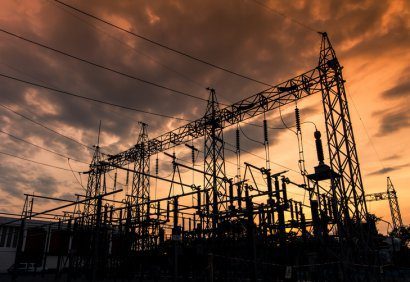 JP Morgan recently published some interesting modelling of electricity prices contingent on quite rapid coal generation closure.
JP Morgan recently published some interesting modelling of electricity prices contingent on quite rapid coal generation closure.
They say that with rapid coal generation closure, AGL may be worth more than the market currently thinks.
Modelling, shmodelling. I agree, most “modelling” is not worth the paper its printed on. But JP Morgan analysts Mark Busuttil and Wei-Weng Chen are measured and thoughtful and they deserve to be taken seriously.
The gist of Mark and Wei-Weng’s analysis is that rapid coal closure results in higher wholesale prices and also higher retail margins and so the incumbents become more valuable, despite losing the coal generation volumes.
This can be compared to the situation in Europe where the rise of renewables is replacing coal and gas and has led to declines in wholesale prices and even larger reductions in the market capitalisation of Europe’s incumbent utilities.
So, is there any evidence to support Mark and Wei-Weng’s hypothesis? It’s early days for coal closure in Australia. Only in South Australia has there been closure of large coal plant that was producing meaningful amounts of electricity in the years before they were closed.
And it is only six months since their closure. But wholesale prices in SA have been much higher (and more volatile) since they closed.
Using MarkIntell we can get a sense of what has been happening in SA’s retail market since Playford and Northern’s closure. The chart below shows price indices for the wholesale, network, environmental and retailer charges that make up the bill for a 4,800 kWh per year household in South Australia.
The chart shows that the retailer charge on the cheapest household offer in South Australia has risen significantly to now be not much below the retailer charge on the average of the cheapest offers of the three biggest retailers (who between them supply 85% of SA’s households).
Regulators and some customer groups have in the past pointed to the gap between the lowest and highest offers as a riposte to concerns about high electricity prices (the implicit sequitur being that customers bring high prices on themselves by failing to engage with the market).
But if in fact that gap no longer exists because the cheap offers vanish, then what do you say about the market?
We are seeing the same trend in New South Wales, but not to the same extent in Victoria and Queensland. Maybe some retailers in SA and NSW will react to the opportunity and fill the gap by dropping their prices. The retail market is so formidably complex, so maybe they have not yet noticed the gap or even if they have, been able to respond to it yet.
So we might say that so far, Mark and Wei-Weng’s hypothesis is finding some empirical support.
But I wonder. Unlike in Europe or most of the U.S., battery storage plus rooftop solar is now viable in much of Australia, despite no battery subsidy and Australian rooftop solar subsidies being much lower than in Europe or the U.S. (they are just one-twentieth per Watt of the subsidy in California for example).
With rooftop PV plus battery a large cohort of Australian electricity users – many millions – can put a ceiling on their electricity prices, even if they need to invest a fair bit to achieve this.
So, will higher wholesale electricity prices result in higher retail margins as Mark and Wei-Weng suggest, or will we begin to see some retail margin contraction, wrought by solar and battery competition?
It will be fascinating to see how this develops, we will be keep an eye on it. In the meanwhile, Bonnes Vacances!
Bruce Mountain is the Director of consultancy Carbon and Energy Markets and co-founder of retail market data provider, MarkIntell.









